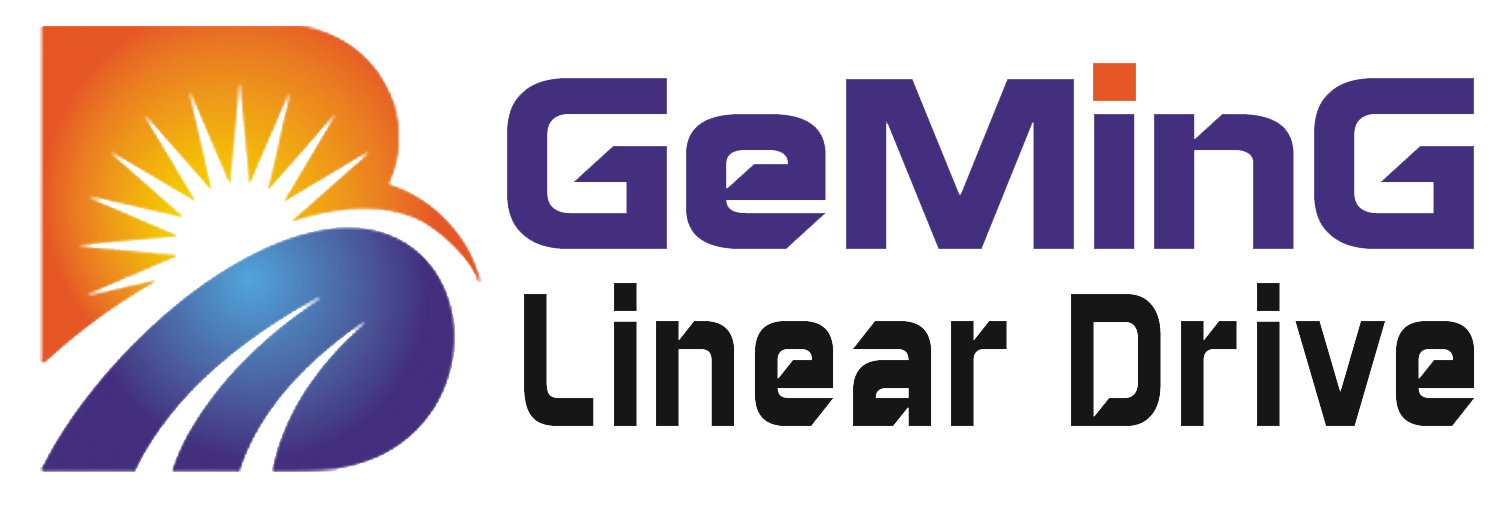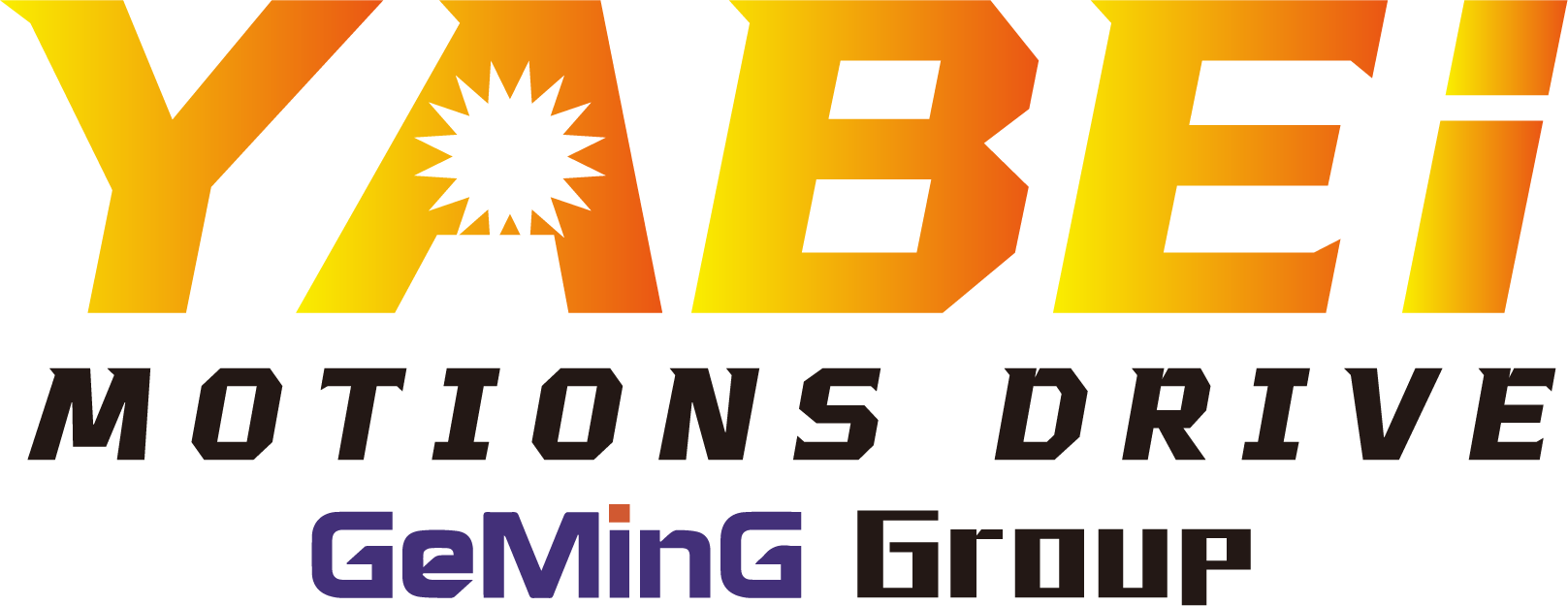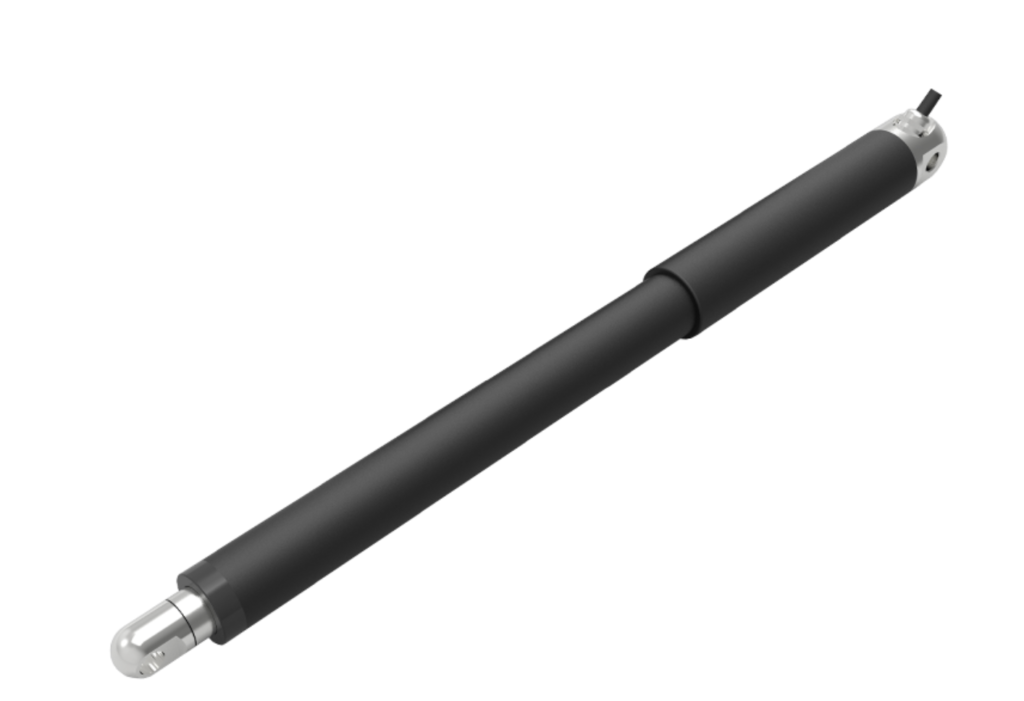
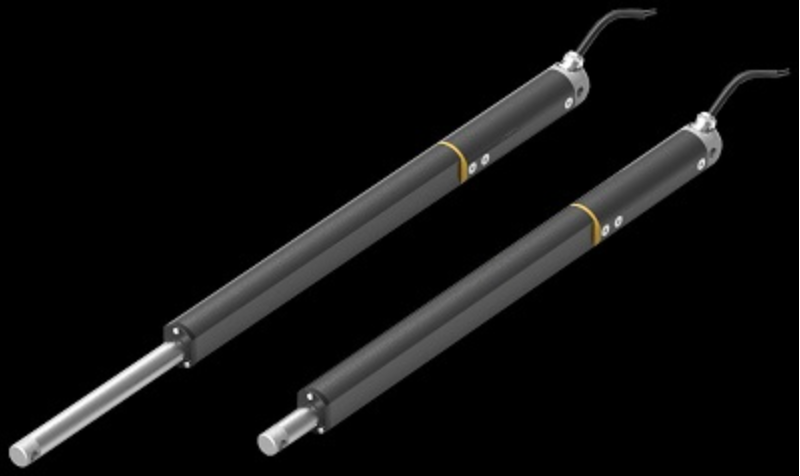
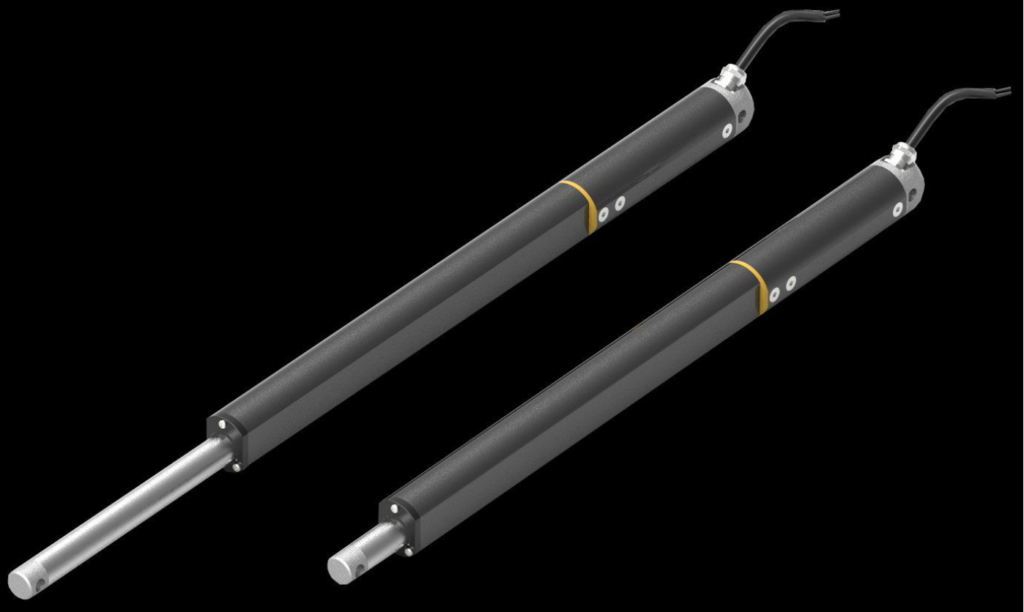
Linear actuators, also known as push rod motors, electric cylinders, are making waves across a wide range of industries. These devices are designed to convert a motor’s rotary motion into a linearly driven reciprocating motion, enabling a variety of mechanical operations.
The operation of a linear actuator is relatively straightforward. Once the motor is decelerated by gears, it drives a pair of screw nuts. Through the forward and reverse rotation of the motor, the rotary motion is effectively transformed into linear motion. This basic mechanism allows for the completion of complex movements, such as turning and shaking, when combined with various levers, rockers, or connecting rods. Adjusting the length of the lever arm can further modify the stroke, adding to its flexibility.
Linear actuators are highly versatile, finding applications in diverse sectors including medical, furniture, home appliances, electronics, power generation, machinery, and more. In the medical field, they are used in equipment like hospital beds to provide adjustable positions for patients. In the furniture industry, they enable features such as adjustable desks and reclining chairs. Their energy – saving, environmentally friendly nature, along with reliable performance, makes them a popular choice. They are also known for their sensitive action, stable operation, equal push and pull forces, and excellent environmental adaptability.
With a novel and exquisite design, linear actuators are small in size yet high in precision. They offer features like full synchronization and self – locking, which enhance their functionality. Moreover, they are hygienic and require no pipeline air source or oil circuit as the motor provides direct drive. As a result, they have been widely adopted in production lines, automotive applications, ventilation systems, military equipment, stage machinery, and sewage treatment facilities. Their growing popularity is set to reshape the way mechanical operations are carried out in numerous industries.

